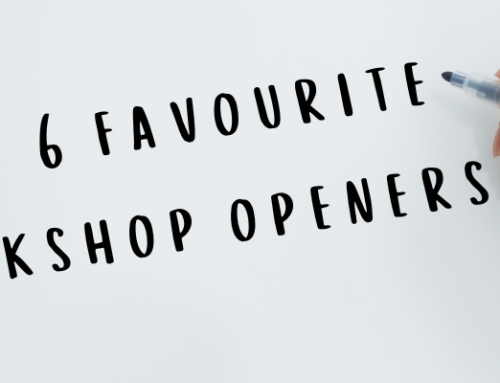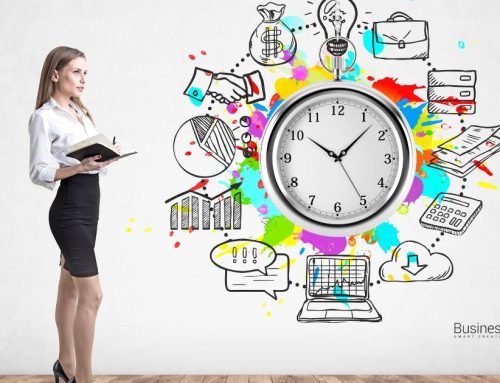3 creative ways to document results from workshops and meetings
We recently conducted a survey for new blog topics among our readers. And asked what you would like to see as one of the next topics here on the BusinessMind blog.
One answer came from Martina Hartl, Head of Division of International Research Cooperation and Science Diplomacy at the Federal Ministry of Education, Science and Research in Vienna: “I would be interested to know, if there are creative ways to summarise outcomes from meetings, workshops etc. so that they are exciting, perhaps also for external groups if needed. But no photo minutes, photos of notes or powerpoints…. – there must be something better – right?”
Martina’s feedback got us thinking. Because how often have we ourselves filed well-intentioned (photo) protocols that were created with a lot of effort in the next folder and never looked at them again?
At first glance, there is no way around writing down the discussions if we want to be able to reconstruct what was discussed and what came out of the meeting.

But meetings and workshops are often about much more than just being able to reconstruct what was discussed later.
It’s also about motivating people to work on a common cause, to get something going together.
We would like to take the drive that often arises from this with us.
However, a simple protocol simply does not fulfil this purpose.
Creative ways of documenting results
First of all: as ALWAYS, the goal of your results documentation is important.
As mentioned, is it mainly about documenting what was discussed in as much detail as possible? Because I need to be able to read clearly later what was decided? Then you can’t get around clear words in text form. If you want it to be more visually appealing than the classic Word document, try Canva templates (even in the free version there are many possibilities), or collect your results as sticky notes or in a mind map on miro.

Canva templates for Meeting Minutes - let's make it visually appealing, the eye reads along.
If it is also about anchoring the feeling, remembering the spirit, then use a creative method to close your meeting.
1. use interactive methods at the end of your meeting
For example, we can recommend the ABC method. Divide your participants into small groups and have them write down on a flip chart the alphabet from A-Z The task now is to think of something for each letter that I associate with the meeting. Your participants will have to be quite creative – X for..? X legs of the facilitator? 🙂
What sounds like a joke at first glance has neurobiological value. Through the quick, creative and above all funny discussion of what was discussed, your participants remember the content of the meeting and reflect on it automatically.
Another creative method we like to use at the end of a meeting/workshop is the association method with objects. Here you let your participants choose an object in the room that represents the most important thing from the meeting for them. In the plenary, everyone then presents their object briefly and succinctly. In this way, the most important aspect of the meeting is also physically anchored.
2. graphic recording as a way of documentation
Another way to capture the content of a discussion and at the same time capture emotions is graphic recording, which has been very popular for some years.
In the meantime, there are offers like sand on the beach. Personally, I can recommend Edith Steiner-Janesch from brightpicture.

Graphic Recording: Edith finds the hidden core of sometimes confusing discussions and gives them the necessary structure.
If professional graphic recording is beyond your resources, you can also ask your participants to pick up a pen. In the “drawing results” method, you send your participants into small groups and ask them to draw the most important aspects they took away from the meeting.
You can also modify all the methods mentioned so far and, for example, focus on upcoming TO DOs: “Which object represents my most important, first TO DO?” or “Draw the next steps that you will now take as a team.”
3. use a virtual whiteboard for documentation purposes
As briefly mentioned earlier, virtual whiteboards are also excellent for accompanying and documenting your meeting. The tools have export functions that allow you to download your notes as an attractively designed pdf and send them as minutes.
They also have the great advantage that your participants, if you give them the necessary rights, can still access the board online and read any results there.
There are countless ways to creatively design your virtual whiteboard. You can find some of them, for example, in the miroverse.
We hope that this article has given you some ideas for making your meeting documentation a little more creative in the future. Feel free to share your experiences with us in the comments.
All the best
, your Businessmind Team






Leave A Comment